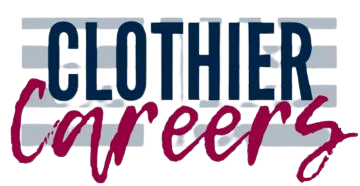Why You Should Tailor Your Resume - And How To Do It
After hours spent revising your career history, typing and retyping your qualifications, and formatting Word – the last thing you want to do is open up your resume again. But, if there is more than one role you’re shooting for, you should – and here’s why.
Your resume is a condensed version of you. It’s your career history, achievements, work ethic, and goals, with a little of your personality sprinkled on top. You might have the skills for the job, but if your resume isn’t connecting the dots between your experience and the job requirements quickly, you might be out of luck.
So, here’s how to tailor your resume – quickly – to suit your job application.
Remember the keywords
Keep your eye out for things like ‘Communication Skills, ‘Management Experience, and ‘Microsoft Excel expertise’ throughout the job posting. These phrases are your upper hand when it comes to tailoring your resume – because they tell you exactly what the hiring managers are looking for.
Make sure to spread these capability keywords throughout your resume; include them organically in your skills section, your professional summary, and your work experience.
Who are you?
Your professional summary should generally be the first thing on your resume – following your name and contact information, of course. This summary is a snapshot of what you bring to the table - it's the billboard of your application and the first thing a recruiter sees - and it's the most important space to change when tailoring your resume.
Remember those keywords? Your summary should align with these keywords and the job title. To do this, write a few sentences that describe yourself and your professional experience while keeping in mind the role requirement. Applying for a Customer Service role? Then introduce yourself as a Customer Service Professional.
Below these sentences, you can also include a few bullet points, highlighting skills you have that align with the job posting.
Mix it up
We’re firm believers that reserve chronicle order is the way to go – this means working backwards from your latest role – but now and then, this isn’t the answer.
If you’ve recently started a new role, and the position you held before that aligned more closely with the role you’re applying for now – don’t be afraid to move it to the top of the resume.
Applying for a role with a heavy focus on academic qualifications? Move your educational experience further up. On the other hand, if you have a few hefty qualifications under your belt but they aren’t relevant to the industry, put them at the bottom of the resume.
Similarly, if your experience is extensive – consider putting your skills and abilities first, following just after your career objective or professional summary.
Stand out
If you have downloaded a resume template, make sure to change a few things to make it your own. This doesn’t need to be anything too full on – it could be the accent colour, the font, or the positions of each section.
With a solid anchor resume - tailoring your resume won't take too long, and is the perfect way to turn your application up a notch and make an impact on the hiring manager.
Not sure where to start with your resume in the first place? Here are Six Reasons to Hire a Professional Resume Writer. Want to get the ball rolling? Reach out to the Clothier Careers team here.
Or, if you're looking for some more professional resume writing tips – check out this article.


